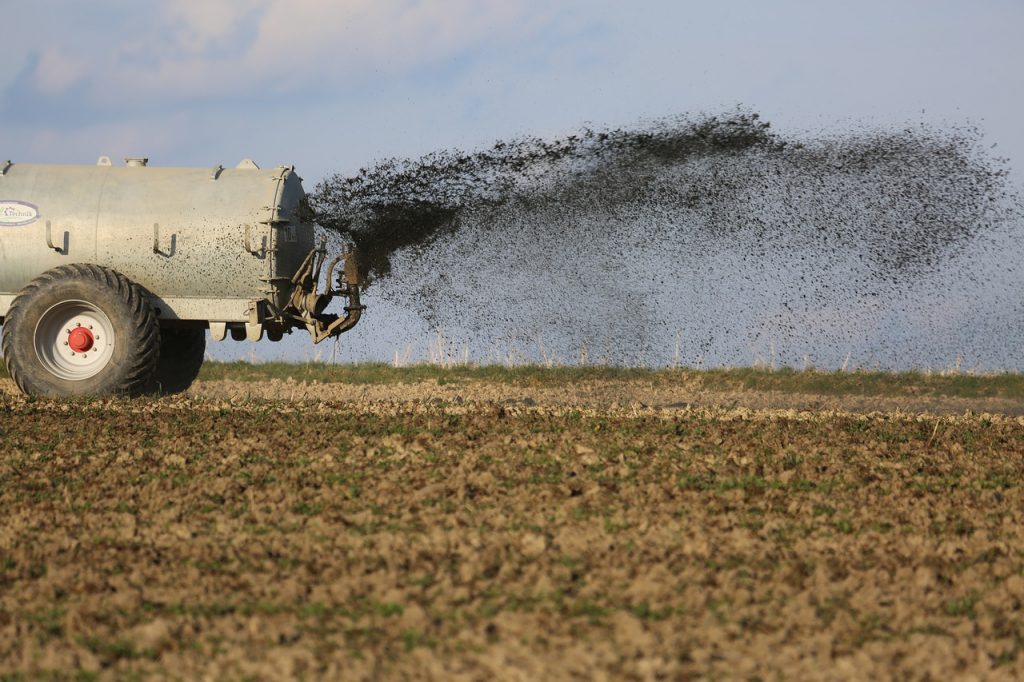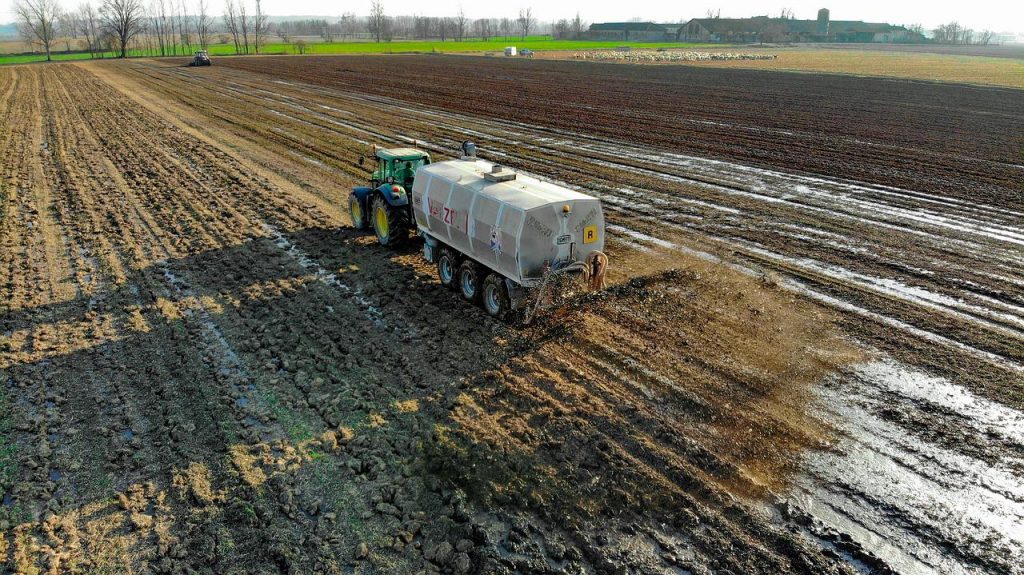Fertilizer Is Becoming Increasingly Harder To Find, Here’s Why
The solution to sustaining fertilizer shortages may be hiding right under our noses.
This article is more than 2 years old

Russia’s invasion of Ukraine continues to send shock waves across the globe. The humanitarian crisis alone (nearly 6.5 million displaced and 3.3 have fled) is horrific enough, as are the mounting civilian casualty numbers, but the war is causing untold damage in other areas as well. Global food prices are skyrocketing with no cap in sight as farmers around the world are now facing an unprecedented shortage of fertilizer.
How, you may wonder, could the war in Ukraine cause a fertilizer shortage? Well, according to Morgan Stanley, both Russia and Belarus combined to produce nearly 40% of the world’s exports of potash. At the moment, Russia’s exports have been hit and cut off by sanctions. Potash, as you may not know, is also known as fertilizer potassium. It took on the moniker potash from one of its early production techniques where potassium was leached from wood ashes into large iron pots. This technique is no longer practical nor is it environmentally sustainable, but the name remains.
The sanctions which hit Russia also include urea, which Russia exports around 11% of the world’s take. They also produce and export 48% of the world’s ammonium nitrate. Together, Russia and the Ukraine export 28% of the nitrogen and phosphorous-made fertilizers. Obviously, taking these big numbers off the export list has caused a massive price increase in fertilizer. Couple that with the also rising grain prices and you have farmers in a panic.
“It is a huge problem,” said Tony Will, CEO of CF Industries to CNBC. CF both manufactures and distributes fertilizer. Will sees no relief on the horizon. “It’s a confluence of factors, unprecedented demand coupled with a huge fall-off in supply availability, only just exacerbated by the war in Ukraine and what’s going on with exports coming out of Russia and Ukraine,” Will explained.
Bart Melek is the global head of commodity strategy for TD Securities, and he says, “All of this is a double whammy, if not a triple whammy. We have geopolitical risk, higher input costs and basically shortages.” Melek knows exactly who is going to see the most damage with fertilizer cost. “Agriculture is absolutely going to get hit. In the case of Canada, it’s good for Saskatchewan, which is the largest producer of potash in the world, but farmers are going to get hurt because per acre they’re going to pay a lot more,” Melek said. “They’re going to get lower yield simply because they’re economizing, particularly in emerging markets.”
To prove his point, Melek looked at the potash trading prices in Vancouver at the beginning of 2021. At that time, potash was priced at $210 per metric ton. Now, the fertilizer is valued at $565. He then looked at the urea prices. Melek said that the delivery of urea to the Middle East in early 2021 sat at $268 per metric ton on the Chicago Board of Trade and now its value has shot up to $887.50.

Will wasn’t beating around the bush when he spoke of the fertilizer shortage. “We are absolutely facing a problem of catastrophic proportion here,” said Will. “Not only is the issue lack of availability and affordability of nutrients and inputs, but Russia and Ukraine have historically exported about 30% of the global wheat trade and 20% of the global corn trade.”
True, the war in Ukraine paints a bleak picture in many aspects. Across the globe, we are seeing it in rising food costs and gas prices. There doesn’t appear to be any solutions to bring relief to fertilizer shortage, or is there?
Back in the day, fertilizer came to us by way of, for the lack of a better word, poop. Yes, excrement was the answer and it, along with its hefty aroma, used to be spread across the fields to grow our food. But as humans typically do (some for the better, others not so), we moved away from the 100% manure-laced fertilizer and started using synthetics in the dookie to make it a leaner blend. Now, with the major shortage of potash, it has left us dangling in the wind, searching for solutions. Well, it just may be that dangle that provides the solution.
Believe it or not, there are other places one can find those potash nutrients such as phosphorus, nitrogen, and potassium all in one place. Yes, it can be found in wee wee. Human urine, to be more professional.
There are some scientists out there who believe two birds can be killed with one stone. The first bird that can lose its life is the pollution of the environment caused by creating potash for fertilizer. The second bird is also pollution-related and that is the wastewater pollution created by the two P’s, pee and poop. These scientists feel that collecting human urine and turning it instead into a source of fertilizer not only saves the planet but will cure the fertilizer shortage we are seeing.
No longer will we be dependent on the fertilizer from Russia. No longer will we have to be concerned with skyrocketing food prices. So, drink up and let your body do what your body does. Break that seal and let’s make some fertilizer.




